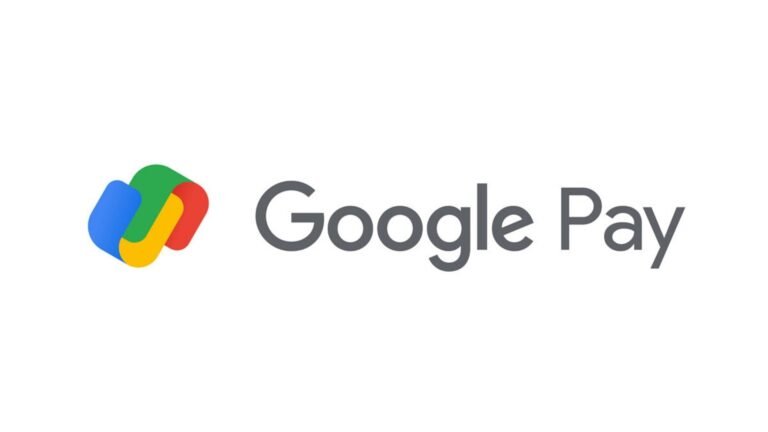In the heart of India’s digital revolution lies the Unified Payments Interface, or UPI, a real-time payment system that has not only transformed the nation’s approach to digital transactions but has also garnered global attention. In the fiscal year 2023, UPI witnessed transactions worth a staggering $1.7 trillion, highlighting its robustness, security, and user-friendliness. Let’s delve into the UPI phenomenon and its potential to become a global standard for secure digital transactions.
The UPI Phenomenon: Revolutionizing India’s Digital Transactions
In 2016, the National Payments Corporation of India (NPCI) launched UPI, which now connects over 300 banks. Its seamless integration with third-party applications like Google Pay, Amazon Pay, PhonePe, and Paytm has democratized finance, enabling individuals and businesses to conduct monetary transactions without exposing sensitive account information. The user-centric and scalable model of UPI has attracted interest from countries worldwide, including Japan, Singapore, the United Arab Emirates, France, and the United Kingdom.
The Struggle of the UPI-Linked RuPay Credit Card
However, amidst UPI’s success story, there’s a parallel narrative of struggle – the UPI-linked RuPay credit card, a domestic competitor to global giants like Visa and Mastercard. Although 25% of physical credit cards in India bear the RuPay logo, and daily transactions amount to Rs 100 crore, this payment mechanism faces several challenges and hurdles.
Overcoming the Challenges: Unlocking the Potential of RuPay Credit Cards
One major stumbling block is the merchant discount rate (MDR), the fee charged by card-issuing banks to merchants for accepting credit card payments. High MDR costs and an uneven playing field have deterred the adoption of UPI-linked RuPay credit cards. Larger banks, such as the State Bank of India, ICICI Bank, and Axis Bank, have been slow to embrace this payment method due to the associated expenses.
Additionally, India’s low credit card penetration (only 3% of Indians hold credit cards compared to a global benchmark of 30%) and the inability of merchants to differentiate between UPI-linked RuPay credit cards and direct UPI payments have further hindered adoption.
Recommendations and the Road Ahead
To overcome these challenges, experts suggest rationalizing MDR charges to create a level playing field and defining the minimum and maximum transaction sizes allowed via UPI-linked RuPay credit cards. However, reducing MDR and reaching a consensus on a fair value is a complex task that requires the cooperation of market participants, card-issuing banks, and settlement agencies.
In conclusion, while UPI has achieved global recognition and adoption, the journey of the UPI-linked RuPay credit card highlights the challenges that exist within India’s digital payment landscape. With strategic interventions and policy changes, there’s potential for the UPI-linked RuPay credit card to overcome its obstacles and reshape India’s digital payment landscape for the better.








